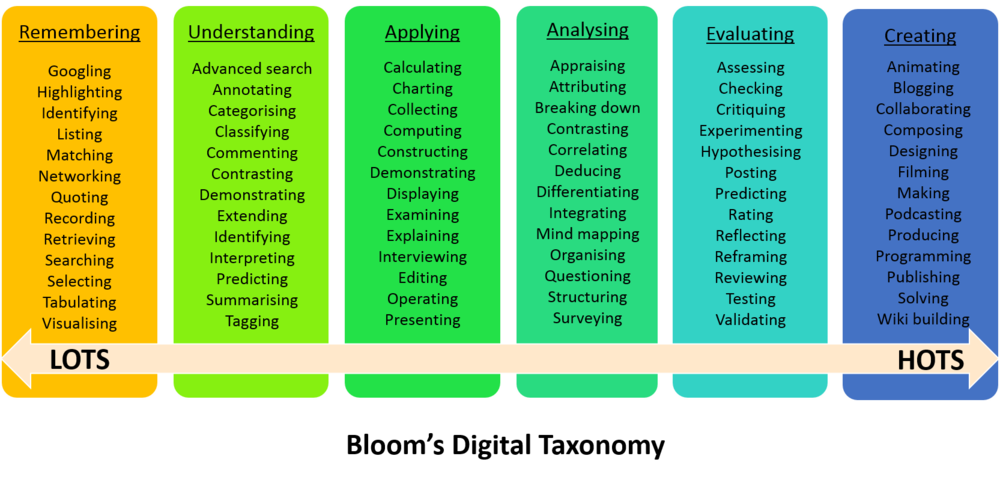In kindergarten and primary schools There is a variety of educational resources and information is necessary to assist students' development and learning. The materials needed are Curriculum materials. These materials support the school's learning goals. Examples of the items that might be required are: Curriculum materials These materials are designed to support the learning objectives of the school's curriculum.
Classroom supplies: Classroom materials such as pencils, paper and scissors, glue, as well as other art materials are necessary for children of all ages to complete their work and assignments.
Educational Technology- In today's digital era, educational technology like computers, tablets, interactive whiteboards, and other devices can enhance the learning process and offer students with additional resources.
Booksfor Kindergarten and Primary schools require a range of age-appropriate literature to help encourage reading and language development.
Manipulatives - Blocks, puzzles and various other games can help develop children's spatial awareness, problem-solving, and problem-solving abilities.
Visual aids. Visual aids like posters maps, charts, and posters can help children comprehend and retain important concepts.
Music and art materials- Art and music materials such as instruments, paints, and clay provide children with a way to express their creativity and encourage self-expression.
Safety equipment - Safety items such as emergency kits for first aid, fire extinguishers and emergency procedure posters are important to ensure the safety and security of students and staff.
In general, primary and kindergarten schools need a variety of educational and informational materials to create a stimulating and secure learning environment for their pupils. Have a look at the recommended sostegno infanzia for more advice.

What Resources And Educational Aids To Teach Mathematics Are Recommended By Italian Schools?
Mathematical materials for teaching and educational tools can help Italian nursery children to develop their spatial and numerical abilities and problem-solving skills. Here are some examples of materials that can be used: Counting Manipulatives counting bears, beads and blocks can help children improve their counting skills as well as fine motor skills and hand-eye co-ordination.
Charts and number cards Charts and cards to teach your children to count and learn numbers. These could include huge, vivid numbers for the walls, as well as smaller ones that kids can play with and manipulate.
Shape manipulatives. Shape manipulatives, such as magnetic tiles or wooden puzzles can help develop spatial reasoning and help children understand the different properties of shapes.
Measuring tools: Tools such as rulers, tapes for measuring, and scales can help children understand measurement and compares and also help them build their mathematical vocabulary.
Simple games and puzzles such as dominoes matching and jigsaws help develop problem-solving and attention skills in children.
Technology-based resources: Technology can provide children with learning tools that are more extensive like math-related apps on tablets and games.
Make use of these resources in a manner that is age-appropriate, and make sure they're safe and appropriate for children. These materials are perfect for parents and teachers who wish to design fun and interactive math games that stimulate children's curiosity. Read the top rated schede didattiche matematica for site examples.

What Science Didactic Cards Are Suggested In Italian Nursery Schools?
Science didactic cards can be an great tool to teach youngsters the basics of science. Below are a few types of science educational cards that are recommended: Animal cards: Animal cards are a great way for children to learn about different species and their traits. They may include pictures of animals, their environments, and other components to help improve the experience of learning.
Plant Cards: These cards help children learn different characteristics and plants. They can also include pictures of the plants as well as their stages of growth to help make learning more interesting.
Weather cards. These cards teach children how weather affects the environment and different types. They can include pictures of various weather conditions including cloud, rain, sun and snow.
Space cards: Space card can be used to help children learn more about the solar System and its different planets. Illustrations are a great way to show the distinctive features of each planet.
Human Body Cards: These cards assist youngsters to understand the various organs of their bodies and how they work. Illustrations of body parts can be used to help explain their function.
It is crucial to select scientific didactic cards that are fun and engaging for kids of all different ages. Teachers and caregivers are able to utilize these cards to engage children in fun and interactive activities that inspire children's curiosity in exploring the world. Take a look at the most popular materiale didattico scienze for website info.

What Kind Of Geography Materials Should Be Used In Italian Kindergartens?
Geography teaching materials at Italian nurseries can aid children develop an awareness of the world around them, and also learn about various cultures and the environment. Some examples of the materials that you could use to teach geography include maps. Maps can be useful in teaching children about various regions and countries, and the locations of natural features and landmarks.
Globes are a fantastic way for kids to see the Earth's surface, and help them learn about continents and oceans.
Videos and pictures. Videos and pictures of different cultures, places, and people can teach children about the world.
Books: Age-appropriate books with a variety of countries and cultures will help develop children's interest in the world of geography.
Natural materials, including shells, plants and stones, can be used to educate children about different ecosystems and environments.
Field trips: Field trips to local parks, museums, zoos and Zoos offer children a hands-on experience and an chance to study geography in a more realistic setting.
It is important to choose teaching resources for geography that are appropriate for children's age and culturally sensitive. Teachers and caregivers can make use of these resources to design engaging and interactive activities in geography that promote children's curiosity and enthusiasm for learning about the world that surrounds them. Have a look at the best schede didattiche geografia for blog tips.
